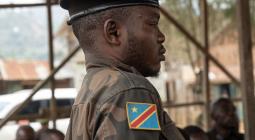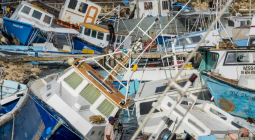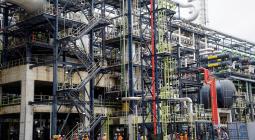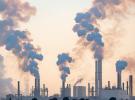The gist of the UN and AfDB report on sustainable development in Africa
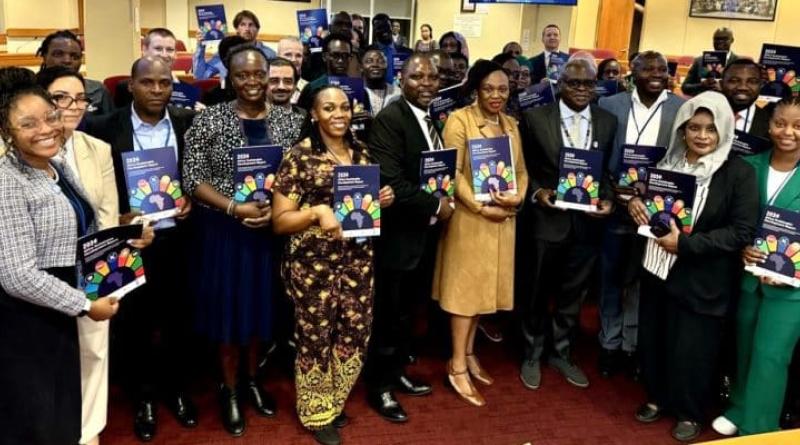
At a high-level forum in New York, the United Nations Development Programme (UNDP), the United Nations Economic Commission for Africa (UNECA) and the African Development Bank (AfDB) published the Africa Sustainable Development Report (ASDR) 2024. Afrik 21 has taken a look at it and presents you with the main points.
Africa is still lagging far behind in achieving the Sustainable Development Goals (SDGs). This is the assessment of the Africa Sustainable Development Report (ASDR) for 2024, entitled “Strengthening Agenda 2030 and Agenda 2063 and eradicating poverty in times of multiple crises: effective implementation of sustainable, resilient and innovative solutions”. It was produced jointly by the United Nations Development Programme (UNDP), the United Nations Economic Commission for Africa (UNECA) and the African Development Bank (AfDB), and presented recently in New York in the United States of America.
The three organisations, which closely monitor public policies, economic dynamics and social developments in the 54 African countries, looked with regret at the state of progress on the MDG 1 on poverty (54.8% of the world’s poor live in Africa) and the MDG 2 on food security. At least 281.6 million people on the continent are affected by hunger, an increase of 11 million compared to 2021. Implementation of MDGs 13, 16 and 17, on combating climate change, promoting peace and international partnerships respectively, remains slow.
A growing financing gap
“Advanced economies have rebounded from the Covid-19 crisis, but many African countries face high indebtedness, double-digit inflation and limited access to finance that is crucial for development and climate. Disparities in the Human Development Index (HDI) are widening between the highest and lowest ranked countries. With little time left before the 2030 MDG deadline, most countries may not be able to mobilise adequate resources to close their financing gap”, explained Claver Gatete, Executive Secretary of the ECA.
Despite a 2% increase in official development assistance (ODA) for Africa in 2023, climate financing needs have remained at the same level, i.e. there is still a shortfall of between $118.2 and $145.5 billion a year to halt the socio-economic consequences of floods and droughts. This lack of capital has so far hampered “the implementation of national and local disaster risk reduction strategies” in 25 African countries since 2015, the report states.
Progress has been made…
However, UNDP, ECA and AfDB specialists have recorded some notable progress, particularly on MDG 6. Access to drinking water has increased on average, from 68.7% in 2015 to 72.9% today. Ivory Coast is one of the exemplary countries, with a coverage rate of 80% in urban areas and 70% in rural areas. Matthias Naab, UNDP Acting Deputy Regional Director for Africa, was delighted to note that “basic sanitation services now reach 52% of the African population, thanks to ongoing efforts to meet global standards”.
Since sustainable development is a collective endeavour, no country in West, East, Southern or North Africa will be left behind between now and 2030 (the deadline for the 2030 Agenda). To achieve this, the players meeting in New York made a clear recommendation on multilateral cooperation. “Development partners must step up their support, in particular by strengthening the public development banking system and focusing on improving productive capacity, infrastructure and human capital development”, explained Al Hamndou Dorsouma, head of the AfDB’s Climate Change and Green Growth Division.


